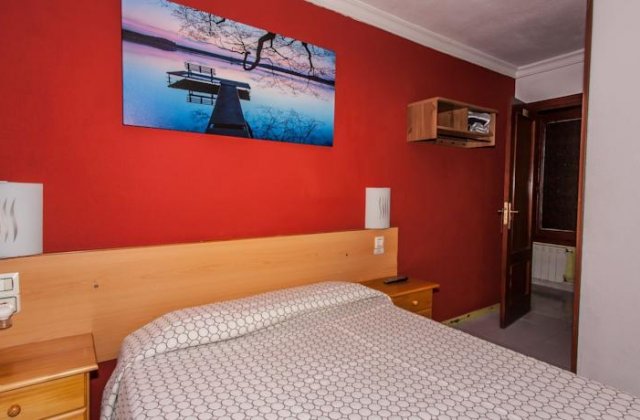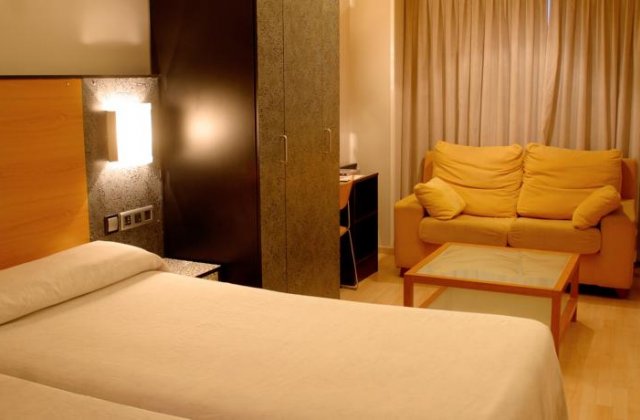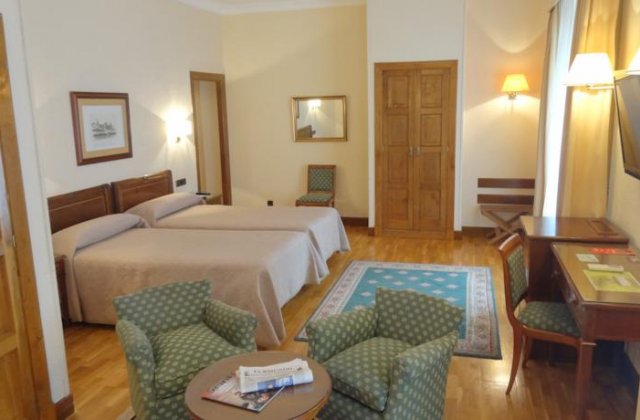Gíjon marks the start of a long stretch of industrial city walking, the only highlight of which is the city center itself. The best sidrerías are in the oldest part of town so if you have not yet had the cider the time is running out.
The old town occupies the peninsula that divides the bay into two halves, with the Playa de San Lorenzo to the east and the Playa de Arbeyal to the west.
Within the old town you will find the Palacio de Revillagigedo (sadly just the exterior), the Centro de Cultura Antiguo Instituto, the Plaza Mayor, the Iglesia de San Pedro (take your time there), and the Termas Romanas de Campo Valdes (for a peek into the methods used by the Romans to build their thermal bath houses.
If that stuff bores you and you prefer green space, head to the north end of the peninsula to the Parque del Cerro. Set atop the old naval reinforcements the view is exceptional. Plus there is one bit of culture out there, the not-as-underwhelming-as-it-seems modern concrete sculpture that is known as Elogio Del Horizonte. It is not just for looks, step inside for the acoustic element made by echoes of the waves crashing. On your way back from the headland you’ll pass the Casa Natal de Jovellanos, and even if your knowledge of the Spanish Enlightenment is lacking the 18th century palace is a work of art itself.
To the west side of town when leaving you will pass the Gijón Aquarium and the Gijón Railway Museum.
The single most incredible building in Gijón is a bit off the beaten path but is most definitely worth a visit. It is the Laboral Ciudad de la Cultura, said to be the largest building in Spain and with the tallest tower in Asturias (modeled after the Giralda in Sevilla). It was completed in the 1950s by the Franco regime and meant to be a school, but by the 1990s it sat abandoned. It has since been restored and is used as a cultural center and by the University of Oviedo. If you’ve gone that far then go a bit further and enjoy the Jardin Botanico Atlantico just to the south.
Fiesta: San Pedro is celebrated on the 29th of June, as well as several other festivals celebrating Asturias and Cider throughout the year.
History: The Romans called this place Gigio and it was their most important port on the northern coast.
The Road: The best landmark to use when leaving Gíjon is the boat harbor. Follow along the coast, as far as the first residential apartment blocks to appear on your right-hand side. Pass to the right of the first building, heading down the Calle de Mariano Pola. Keep on this road as it changes names; first to the Avenida de Galicia then to the Avenida de la Argentina, and finally to the Carretera de Avilés. It is mostly straight with only a few bends and entirely city walking. By the time you get to the end of the city the view ahead reveals a massive steel production plant directly in front of you. The way around it the least pleasant stretch of the entire camino but there are no good options here. Descend to the road and turn right, following it around the factory. Keep an eye open for the turn off to the left which is not easy to notice with all of the traffic: it can be identified as being the only level railway crossing in the area and a sign points the way to Poago. Follow this road. It will eventually turn away from the factory and begin to wind up the hillside known as the Monte de Areo, the last part of the climb is along trails.
This hillside is the silver lining of the gray cloud cast by the nearby factory, it is the location of the oldest known necropolis in Asturias as well as a Neolithic dolmen. From the highest point the camino descends to Santa Eulalia.






